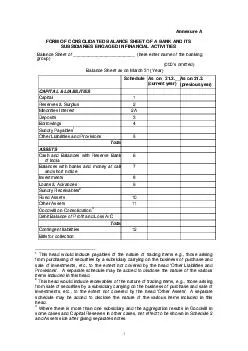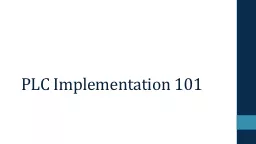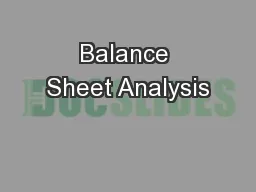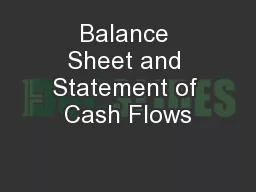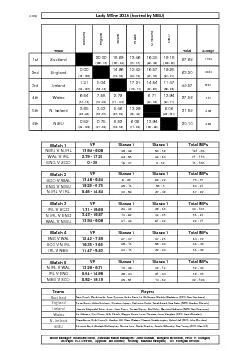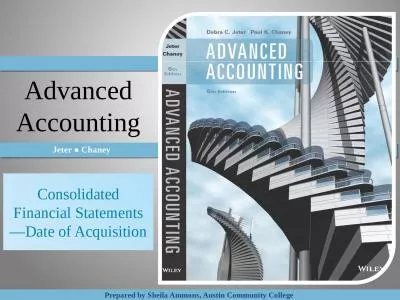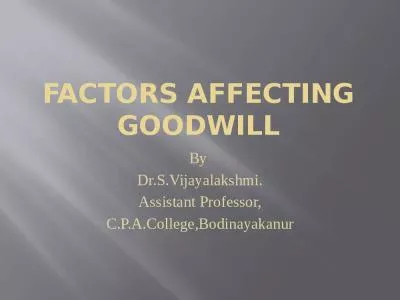PDF-Answers Professional Level Essentials Module Paper P IRL Corporate Reporting Irish June
Author : marina-yarberry | Published Date : 2015-02-26
ie seven years 13 brPage 3br Working 2 Mixted Goodwill 1 June 2008 128 10 118 Contingent consideration 12 Total consideration transferred 130 Cost of equity interest
Presentation Embed Code
Download Presentation
Download Presentation The PPT/PDF document "Answers Professional Level Essentials ..." is the property of its rightful owner. Permission is granted to download and print the materials on this website for personal, non-commercial use only, and to display it on your personal computer provided you do not modify the materials and that you retain all copyright notices contained in the materials. By downloading content from our website, you accept the terms of this agreement.
Answers Professional Level Essentials Module Paper P IRL Corporate Reporting Irish June: Transcript
Download Rules Of Document
"Answers Professional Level Essentials Module Paper P IRL Corporate Reporting Irish June"The content belongs to its owner. You may download and print it for personal use, without modification, and keep all copyright notices. By downloading, you agree to these terms.
Related Documents


